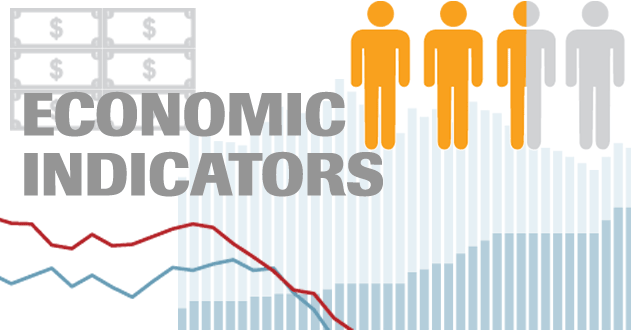Understanding Economic Indicators and Their Role in Trading
When it comes to navigating the complex world of financial markets, economic indicators are essential tools for traders. Whether you're a seasoned investor or a beginner just starting out, understanding these indicators can help you make informed decisions and stay ahead of market trends. In this blog, we'll break down what economic indicators are, why they matter, and how traders can effectively use them in their strategies
What Are Economic Indicators?
Economic indicators are statistical metrics used to gauge the overall health and direction of an economy. They provide insights into economic performance and are often released by government agencies or independent organizations. These indicators cover a wide range of sectors, including employment, manufacturing, inflation, consumer spending, and more.
Economic indicators are generally classified into three types:
Leading Indicators
Predict future economic activity (e.g., stock market performance, building permits).
Lagging Indicators
Confirm trends after they’ve occurred (e.g., unemployment rate, corporate earnings).
Coincident Indicators
Reflect the current state of the economy (e.g., GDP, industrial production).
Key Economic Indicators Traders Should Watch
Here are some of the most influential economic indicators that traders closely monitor:
Gross Domestic Product (GDP)
GDP measures the total value of goods and services produced within a country. It’s a broad indicator of economic health. A growing GDP usually signals economic expansion, which can boost investor confidence and market performance.
Unemployment Rate
This indicator shows the percentage of the labor force that is unemployed but actively seeking work. High unemployment typically indicates economic distress, while low unemployment suggests a strong economy.
Inflation Data (CPI and PPI)
Consumer Price Index (CPI) measures the change in prices paid by consumers. Producer Price Index (PPI) tracks changes in wholesale prices.
These indicators help traders understand inflationary trends, which can influence interest rate policies and asset prices.
Interest Rate Decisions
Central banks use interest rates to control economic growth and inflation. Changes in interest rates can impact currency values, bond yields, and stock prices
Retail Sales
Retail sales data reflects consumer spending patterns and is a key indicator of economic vitality, as consumer spending drives a large portion of economic activity.
Purchasing Managers' Index (PMI)
PMI surveys purchasing managers in the manufacturing and service sectors. A PMI above 50 indicates expansion, while below 50 suggests contraction
How Traders Use Economic Indicators
Market Forecasting
Traders use indicators to anticipate market trends. For example, rising inflation might lead to interest rate hikes, which can impact bond and equity markets.
Event-Based Trading
Some traders specialize in trading around economic releases, attempting to profit from the market volatility that often accompanies key data announcements.
Risk Management
Understanding macroeconomic trends helps traders assess risk more accurately. For instance, if indicators suggest a looming recession, a trader might reduce exposure to riskier assets.
Currency Trading (Forex)
Economic indicators heavily influence currency prices. For example, stronger economic performance typically strengthens a country's currency due to increased investor demand.
Interpreting Indicators with Caution
While economic indicators are powerful tools, they should not be used in isolation. Market reactions to data can be unpredictable and influenced by multiple factors such as geopolitical tensions, central bank commentary, or investor sentiment.
Here are a few tips:
- Use multiple indicators for confirmation
- Consider the context of the release (is the data better or worse than expected?)
- Be aware of revisions, as initial data is often updated later
Final Thoughts
Economic indicators serve as a compass for traders navigating the financial markets. By staying informed and understanding what these indicators reveal about the economy, traders can enhance their decision-making and improve their chances of success
However, always remember that no indicator guarantees outcomes. A disciplined approach, combined with sound risk management and a broader view of market conditions, is the best strategy for long-term trading success.
